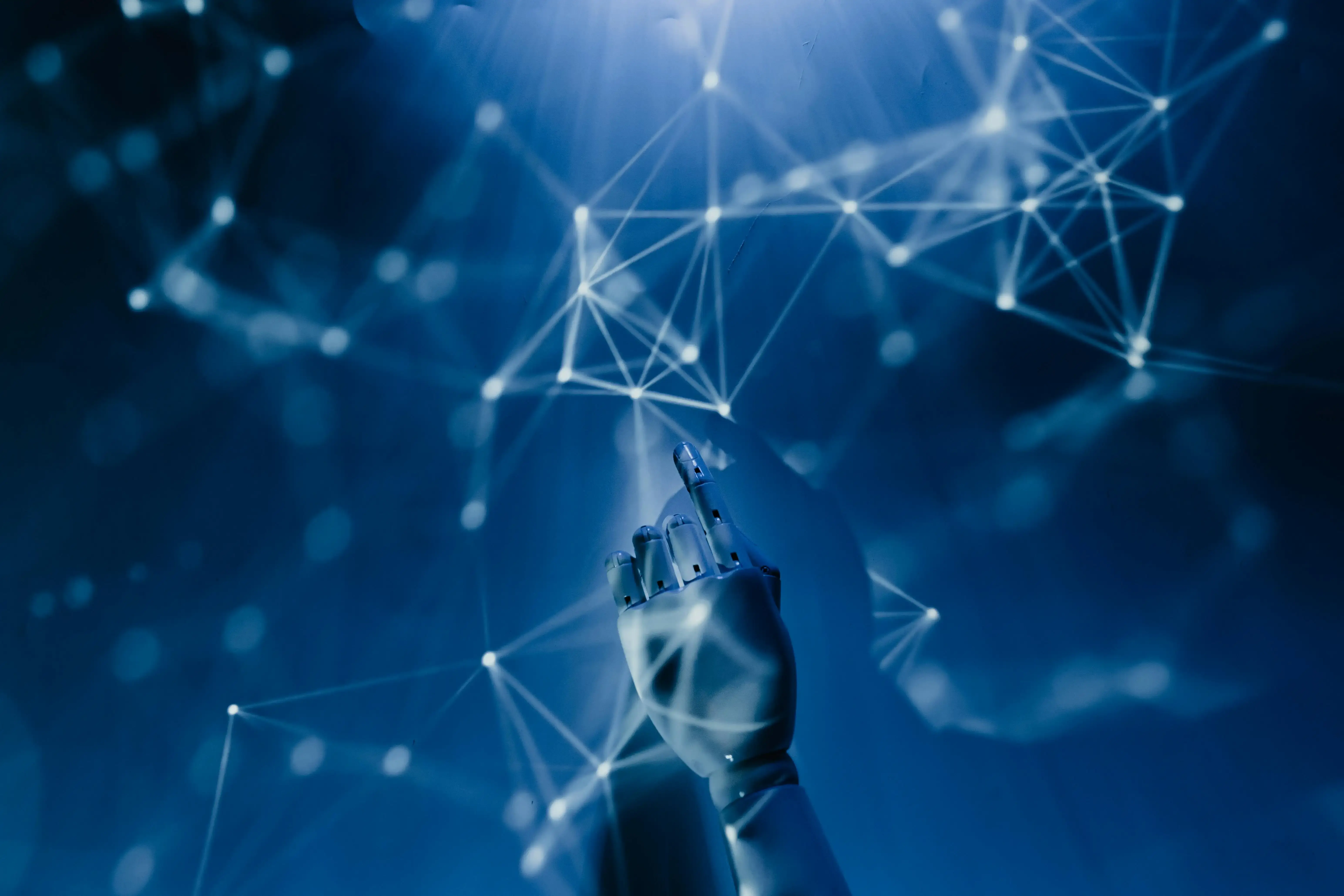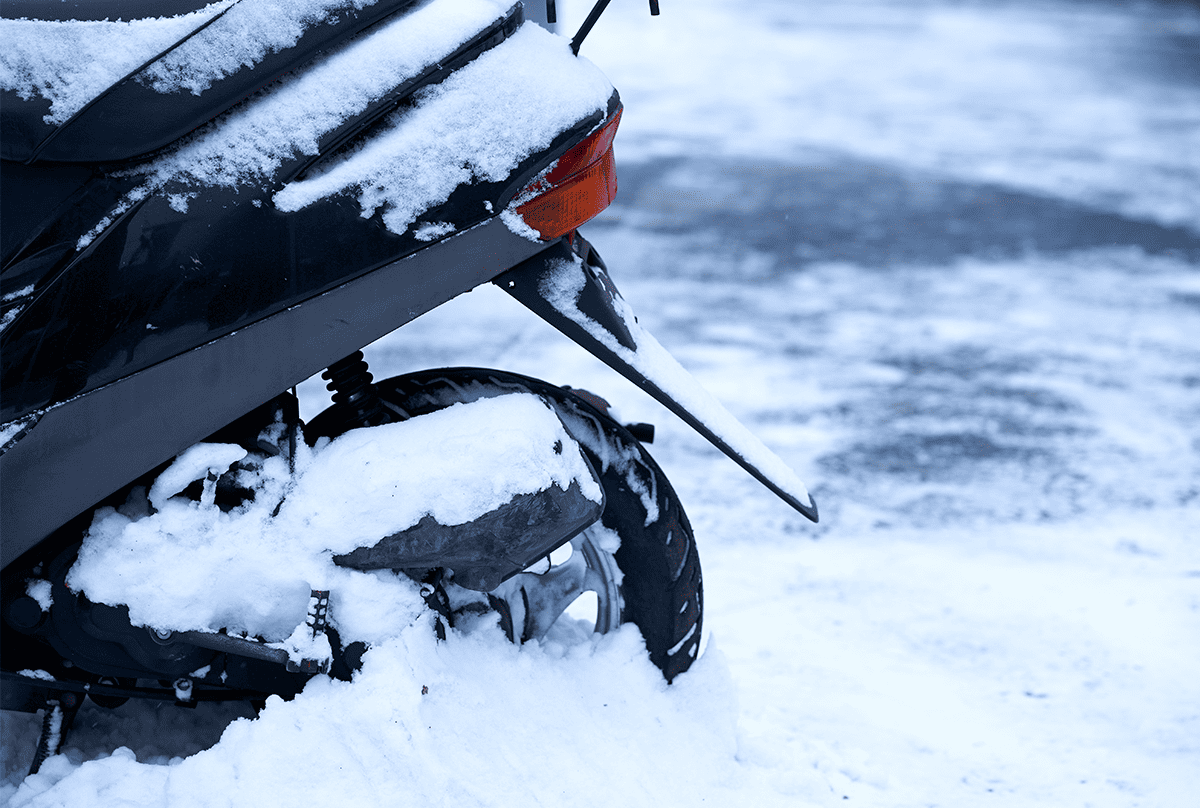In a previous blog, we’ve covered various ways that technology is helping shape the future of parcel delivery. But did you know that big changes are happening in the fast-food industry too?
Robots, ghost kitchens, and AI are recent innovations to the £22 billion fast-food market. As technology continues to drive us towards an exciting future, let’s glimpse into the future of what that could mean for fast food delivery.
The Robot Revolution in the Air and on the Ground
Most of us are used to drones by now. In fact, drone sales generated over £90 million in revenue in 2023 alone. But it’s not just hobbyists and filmmakers getting in on the act.
Back in 2016 in Auckland, New Zealand, Domino’s Pizza was the first delivery service in the world to deliver a pizza by drone. The drone took flight for 3 minutes and dropped off the pizzas on a specific marker in a backyard.
In 2022, the dream was still alive, with a whole fleet of drones ready to be commercially tested. Domino’s hope the drones will reduce CO2 emissions, reduce traffic, and get hot pizzas to customers quicker. Could they replace traditional delivery vehicles in the future?
See the flying pizzas in action 🍕 👇🏻
On the ground, Starship Robots have covered over 14 million miles globally delivering fast food, groceries, and smaller parcels. Travelling at 4mph, they’re fitted with 12 cameras to enable them to see where they’re going. The robots run on battery power and can deliver for a full day before needing a recharge.
They’re secure, and a loud alarm sounds if the cube is tampered with or lifted. The cubes are diligently tracked throughout their journey, and the customer unlocks them with their phone.
Currently, Starship is working on outreach to get communities used to these autonomous boxes, such as in Milton Keynes. In the meantime, they pose little threat to the regular delivery driver, due to harder-to-reach areas and a small delivery range of just 2 miles.
You can watch a day in the life of these cute little boxes here👇🏻
Ghost Kitchens - Not Just for Halloween
If you’ve been on UberEats, Just Eats or Deliveroo recently, you might have noticed new fast food restaurants popping up that you’ve never heard of, with the same address. These are most likely “ghost kitchens”, and aren’t your traditional fast food outlet.
Ghost kitchens exist for food delivery only, there are no areas for customers to dine in. For quick service restaurants, ghost kitchens can be more cost-effective than brick-and-mortar shops. Usually, a chef will lease a kitchen in a warehouse or commercial unit, and sometimes set up “restaurants” operating out of the one kitchen. Using the same staff, a chef may serve Korean chicken, hamburgers, pizzas or pasta etc - all under different restaurant names on a delivery app.
A customer places an order, the kitchen produces the meal and the delivery driver collects it, as normal. Except there’s no wait staff, and very little front of house. You ca see an example here - with comments and tech nerds loving the available technology.
Ghost kitchens were thrust into the limelight when internet behemoth Mr Beast launched his burger. Reports at the time suggested a large number of the burgers were made in ghost kitchens to exacting specifications. But it didn’t always go to plan.
A lack of oversight, overproduction and poor quality control resulted in 1-star reviews, mushy burgers and a lawsuit brought by Mr Beast himself. So it’s not all plain sailing with ghost kitchens.
However, they could present a more seamless way of collecting fast food deliveries, checking in and out on an iPad, using lockers to collect food and collecting several food packages at once, meaning more delivery opportunities with less time on the road.
Pinpoint Delivery and Real-Time Tracking: A Game-Changer for Delivery Drivers
As a delivery driver, you’ve probably noticed how pinpoint delivery and real-time tracking have totally transformed the job. Thanks to GPS and live tracking, companies like Domino’s are making it easier than ever for customers to follow their order from the restaurant to their doorstep.
While this keeps customers glued to their phones, it’s also a big win for drivers. No more vague addresses or getting lost in tricky neighbourhoods – now you’ve got a precise location at your fingertips, helping you get there faster and more efficiently.
Of course, with all this high-tech convenience comes more responsibility. As delivery becomes more streamlined, drivers need to stay protected and covered. After all, you’re dealing with higher expectations, and sometimes things don’t go as planned. That’s why having the right insurance is key, so you can focus on the road ahead and keep your delivery game strong.
Discover how to keep secure with fast food delivery insurance from INSHUR.
Sources

.png)
.png)
